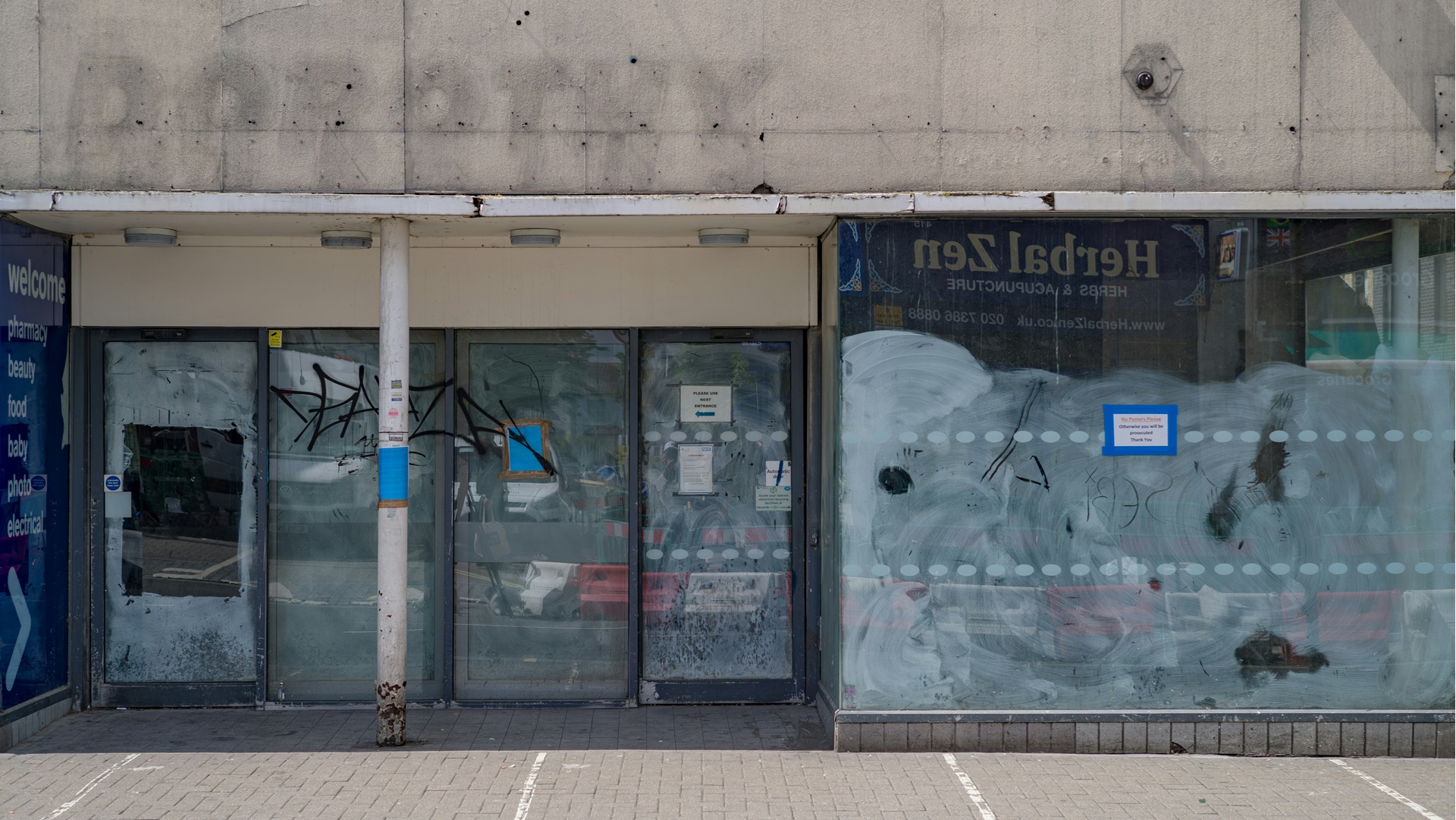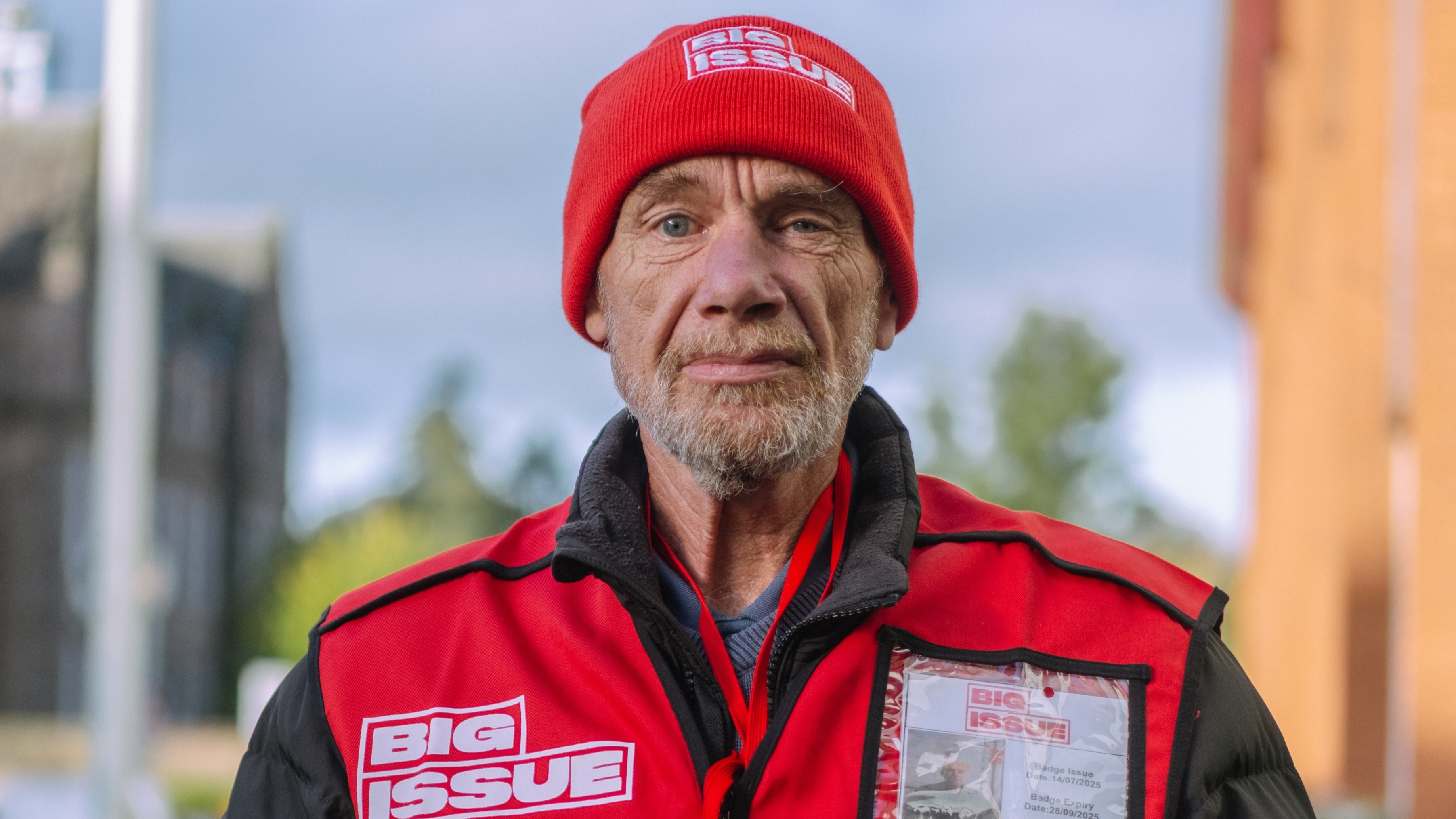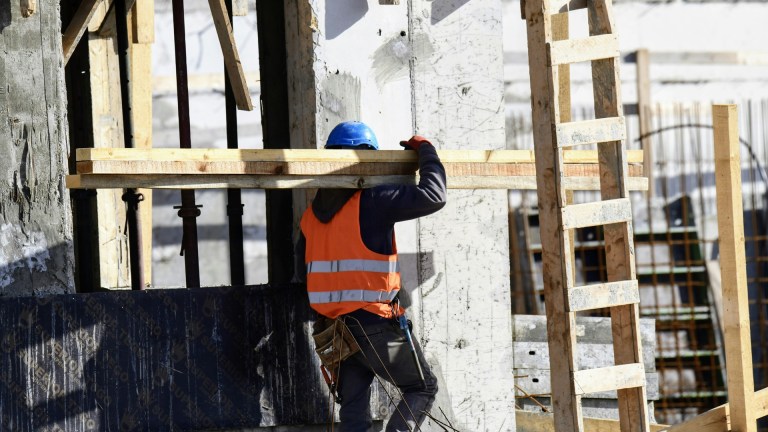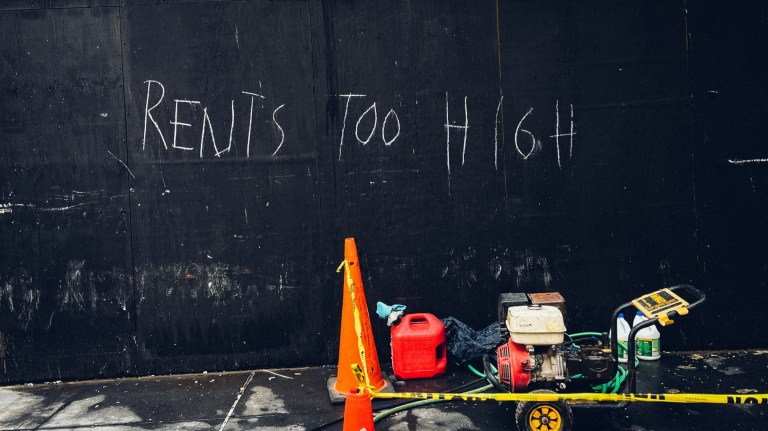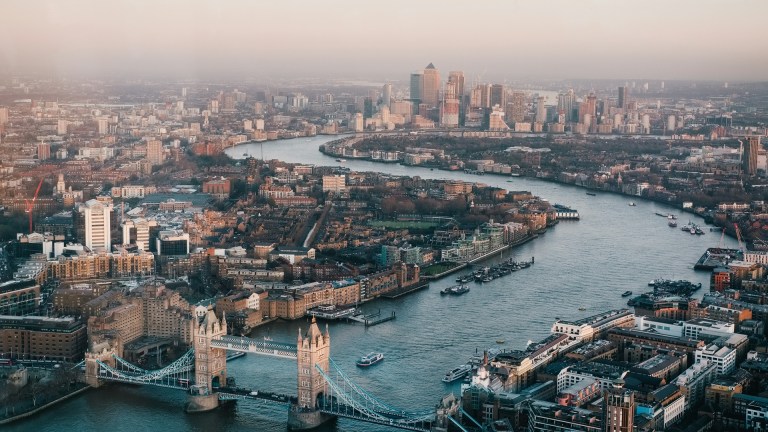A record-high 131,40 households in England live in temporary accommodation, including 169,050 children. Councils across the country faced a bill of £2.3 billion to house families in temporary accommodation in 2023-24.
But the new research found significant increases in the number of council-owned buildings that had been empty for over a year across retail, office, leisure and other categories.
Not all are suitable for turning into residential properties but many researchers identified empty buildings near transport infrastructure and jobs.
They added that many have the potential to provide high-quality homes at a fraction of the environmental cost of new builds as well as regenerating retail spaces left vacant on high streets.
Empty Homes Network’s Adam Cliff said: “While it is widely accepted and recognised that we need to build more homes to meet demand across the UK, the number of vacant buildings means that these should not be ignored as a partial solution to increase supply. Across both residential and non-residential building types, there are enough vacant properties to make a significant contribution to the government’s housing targets.
“With the right foresight, strategy and ambition to do so, these could be brought back into use or repurposed in a way that could reduce the need to build on green or grey-belt land. This work, in conjunction with Habitat for Humanity, highlights the possibilities and achievements, but also the opportunity in what can be achieved.”
Advertising helps fund Big Issue’s mission to end poverty
Read more:
Researchers have identified examples across the country of authorities bringing some buildings back into use: from empty shops in Barking to HMRC offices in Barnsley.
Beyond local authority-owned assets, recent data suggests that in England alone there are around 175,000 privately owned, empty non-residential buildings which may have the potential to provide over 500,000 homes, they added.
“The budgetary pressures local authorities face are not helped by constant fire-fighting with scarce resources. Vulnerable people have better outcomes when they have access to safe, good quality accommodation. Providing that sort of housing now reduces the day-to-day costs that councils face tomorrow,” said Blackmore.
“Fixing the broader social issues we face as a nation means first ensuring we all have somewhere to call home.
“As our report shows, there exist a large number of buildings which could help us meet that mission. The fact we have empty buildings and a housing crisis isn’t new, but it’s time for all involved to grasp new ways of thinking and doing to boost the stock of social housing. That’s what today’s report sets out; practical steps that could be taken to address the overwhelming domestic challenge of our times.”
Advertising helps fund Big Issue’s mission to end poverty
Do you have a story to tell or opinions to share about this? Get in touch and tell us more.
It’s helping people with disabilities.
It’s creating safer living conditions for renters.
It’s getting answers for the most vulnerable.
Big Issue brings you trustworthy journalism that drives real change.
If this article gave you something to think about, help us keep doing this work from £5 a month.
Advertising helps fund Big Issue’s mission to end poverty
